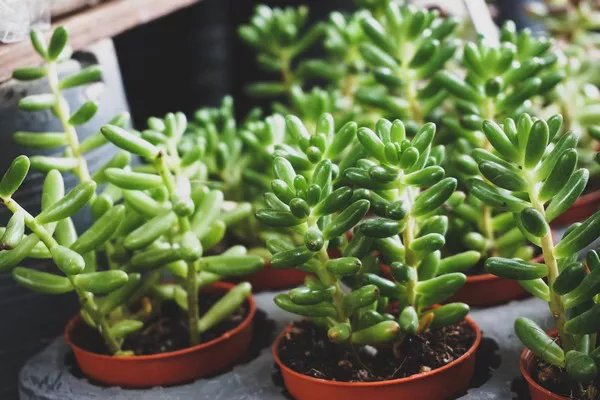Succulents, with their captivating shapes and vibrant colors, have become a favorite among gardeners and plant enthusiasts alike. Their ability to thrive in various conditions and their low-maintenance nature make them an ideal choice for both indoor and outdoor settings. However, ensuring that succulents are planted at the correct depth is essential for their health and vitality. In this comprehensive guide, we will explore the precise depths at which succulents should be planted, considering factors such as species variation, container types, and environmental conditions.
Understanding the Importance of Planting Depth
Before diving into the specifics of planting depth, it’s crucial to understand why it matters. Succulents, like all plants, rely on their root systems to absorb water, nutrients, and provide stability. Planting them too shallowly may expose their roots to excessive heat and dehydration, while planting them too deeply can lead to poor drainage, root suffocation, and ultimately, plant demise. Achieving the optimal planting depth ensures that succulents can establish healthy root systems and thrive in their new environment.
Factors Influencing Planting Depth
1. Succulent Species Variation: Succulents encompass a vast array of species, each with its own unique characteristics and root systems. Some succulents, such as Sedum and Crassula, have shallow root systems that spread horizontally, while others, like Agave and Aloe, develop deeper, more robust roots. Understanding the specific requirements of each species is crucial for determining the appropriate planting depth.
2. Container Type and Size: Whether you’re planting succulents in pots, garden beds, or hanging baskets, the type and size of the container will impact the planting depth. Larger containers provide more room for root development and may require deeper planting to accommodate the succulent’s growth. Conversely, smaller containers necessitate shallower planting to prevent overcrowding and ensure adequate airflow around the roots.
3. Soil Composition and Drainage: Succulents thrive in well-draining soil that allows excess water to flow through freely. Sandy or gritty soil mixes are preferred, as they prevent waterlogged conditions that can lead to root rot. When planting succulents, it’s essential to use a well-draining potting mix specifically formulated for succulents and cacti to promote healthy root growth.
4. Climate and Environmental Conditions: The climate and environmental factors in your region will also influence the ideal planting depth for succulents. In hot, arid climates, succulents may benefit from slightly deeper planting to access moisture deeper in the soil. Conversely, in cooler or more humid climates, shallower planting may be preferable to prevent waterlogging and root rot.
Precise Guidelines for Planting Depth
While the ideal planting depth may vary based on the factors mentioned above, there are precise guidelines to follow when planting succulents:
1. Match Soil Line with Nursery Pot: A general rule of thumb is to plant succulents at the same depth as they were in their nursery pots. This ensures that the roots are not buried too deeply or exposed to excessive heat. Carefully remove the succulent from its pot and position it in the planting hole at the appropriate depth.
2. Shallow Root Systems: Succulents with shallow root systems, such as Haworthia and Echeveria, should be planted closer to the soil surface. Aim for a planting depth where the roots can establish themselves without being buried too deeply, typically 1-2 inches deep.
3. Deeper Root Systems: For succulents with deeper root systems, like Agave and Aloe, provide enough depth for their roots to grow and spread. Aim for a planting depth that allows the roots to be firmly anchored in the soil without being cramped, typically 2-4 inches deep.
4. Container Considerations: When planting succulents in containers, choose pots with adequate depth to accommodate the root system and promote healthy growth. Ensure the containers have drainage holes to prevent waterlogging, which can lead to root rot. Aim for a planting depth that allows the roots to reach the bottom of the container without being cramped.
5. Adjustments Based on Observation: After planting, monitor the succulents closely for signs of stress or overwatering. If necessary, adjust the planting depth or soil composition to ensure optimal drainage and root health. Succulents are resilient plants, but they thrive best when planted at the right depth for their specific needs.
Conclusion
Achieving the correct planting depth is essential for the health and vitality of succulents. By considering factors such as species variation, container types, and environmental conditions, you can ensure that your succulents thrive in their new home. Follow the precise guidelines outlined in this comprehensive guide to plant your succulents with confidence and set them up for long-term success and enjoyment.


